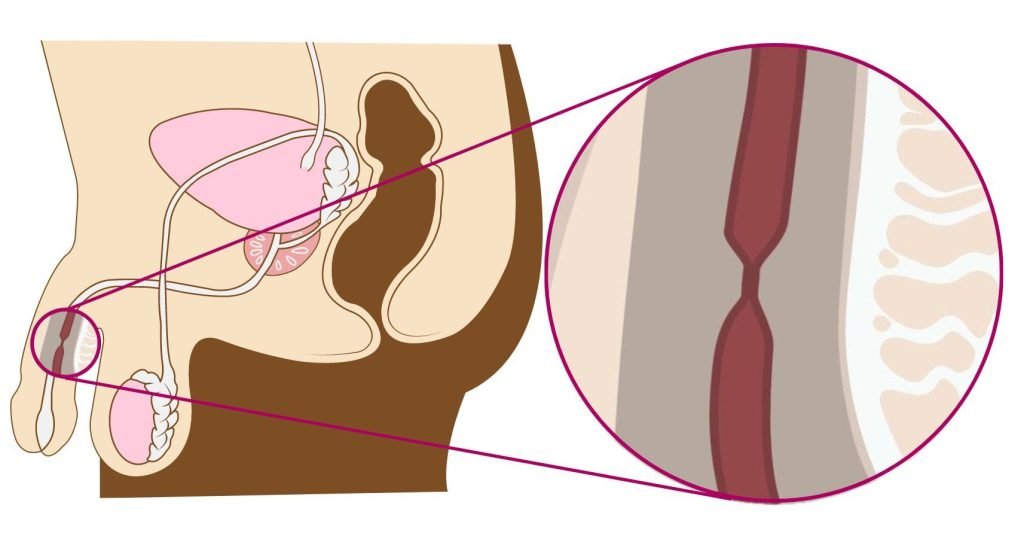A urethral stricture is a narrowing of the urethra due to scarring or inflammation. This can restrict the flow of urine, leading to discomfort and complications if left untreated. It commonly affects men but can also occur in women, though less frequently.

At Vardan Hospital,, we offer:
Accurate assessment using the latest imaging techniques.
Faster recovery with less discomfort.
Specialized care tailored to each patient’s needs.
Focused treatment plans to prevent recurrenc

Saurabh CHS, Ground Floor, Dr. VB Phadake Rd, Gavanpada, Mulund East, Mumbai, Maharashtra 400081